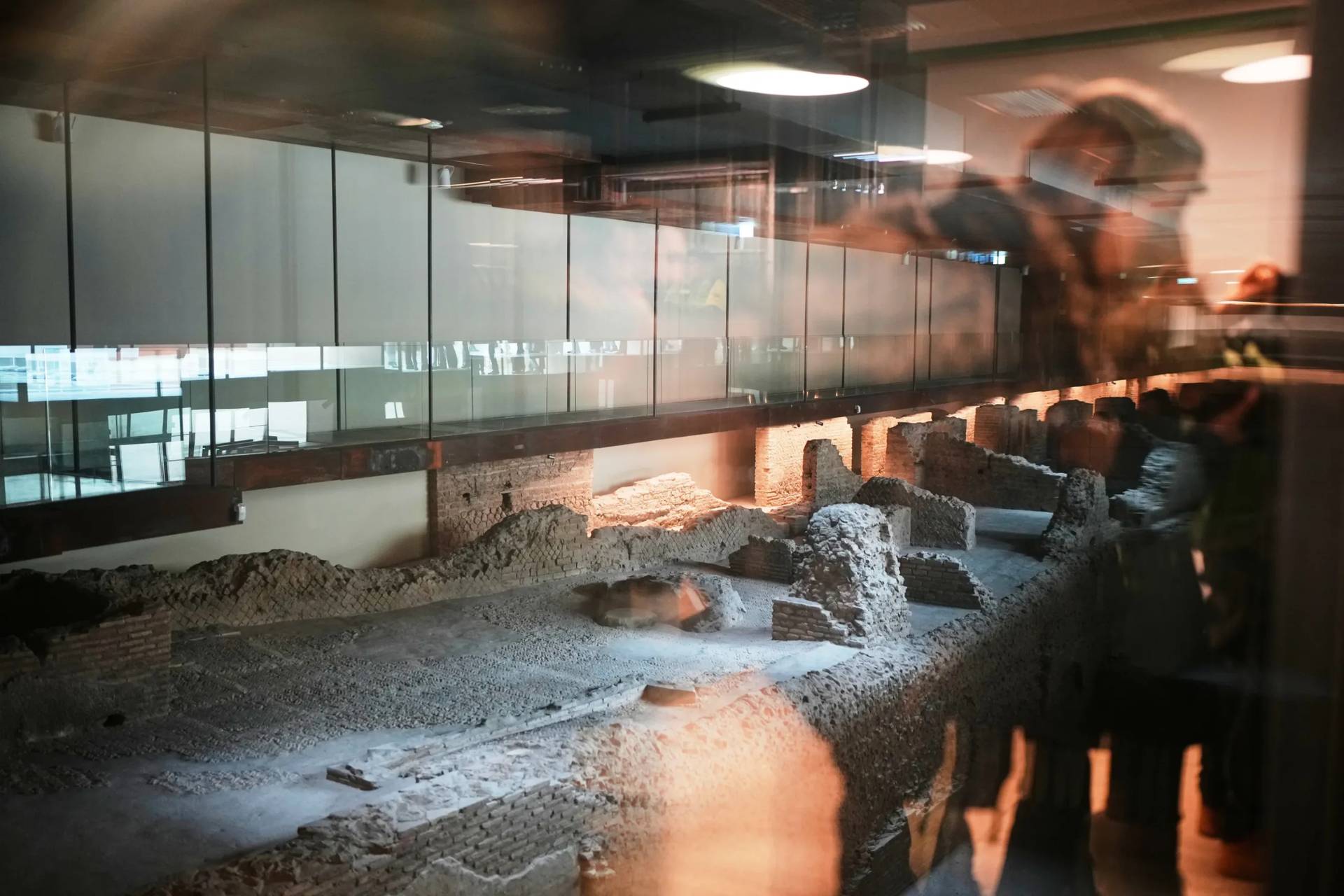ROME – In the heart of Italy’s mob country, a new Catholic parish is being launched which is dedicated to the country’s premier patron saints of the anti-mafia effort, one a Catholic priest and the other a lay judge, both assassinated in the 1990s.
Bishop Giuseppe Marciante of Cefalù, located on the island of Sicily near Palermo, announced the plan for the parish in an Aug. 5 interview with his diocesan news outlet. It will be constructed, he said, on land seized from the mob by Italian authorities in a neighborhood called Campofelice di Roccella.
The twin patrons of the new church will be Father Giuseppe “Pino” Puglisi, a priest of Palermo gunned down by mafia assassins in 1993, and Rosario Livatino, a magistrate who prosecuted mob members and who was shot to death on a Sicilian highway in 1990.
Puglisi was beatified in 2013, becoming the first mafia victim to be recognized officially by the Catholic Church as a martyr. Livatino became the second when he was likewise beatified in 2021.
Puglisi had served as pastor of San Gaetano Parish in the rough-and-tumble Palermo neighborhood of Brancaccio. He became famous for his strong anti-Mafia stance, refusing to take their money for feast day celebrations and not allowing dons to march at the head of processions.
Puglisi strove to keep youth out of their reach, discouraging them from dropping out of school, robbing, drug-dealing and selling contraband cigarettes. He also declined to award a contract to a construction firm backed by the Mafia for the restoration of his church.
Puglisi received multiple death threats and, according to the testimony of one of his hit men (who later confessed), his last words were: “I’ve been expecting you.”
Today, visitors to Brancaccio today can find his favorite saying scrawled all over its walls: “And what if somebody did something?”
For his part, Livatino lived and worked in the Sicilian community of Agrigento, where he was a daily Mass-goer at the local parish of San Giuseppe ad Agrigento. As a college student, he was involved in Catholic Action, the largest lay movement in Italy. He began his career as a magistrate in 1978, and took a series of increasingly high-profile prosecutions of local mafia figures.
During the late 1980s, a violent conflict had broken out between the traditional Sicilian branch of the mafia, Cosa Nostra, and a rival upstart group called the Stiddari (a Corsican term for “stars”). Ironically, the local leader of the Cosa Nostra lived in the same building in Agrigento as Livatino, and disparagingly referred to him as santocchio, a slang term for a pious person.
In a mocking tribute to that piety, Livatino’s assassins would later reveal that they originally had planned to kill him outside the church were he would go every day to pray before the Blessed Sacrament.
Livatino’s best-known saying is, “When we die, no one will ask how much we believed, but how believable we were.”
It was after meeting Livatino’s parents during a visit to Agrigento in 1993 that Pope John Paul II issued a celebrated extemporaneous denunciation of the mafia, which is considered to have helped launch a new era of anti-mafia activism in the church.
“In the name of Christ crucified and risen, Christ who is the way, the truth and the life, I say to those responsible: Convert! God’s judgment eventually will come!” the pope said that day.
Both Puglisi and Livatino are considered examples of an expanded concept of martyrdom in the Catholic Church. Traditionally, to be designated a martyr an individual had to have been killed in odium fidei, “in hatred of the faith,” meaning explicitly because of their Christian beliefs.
More recently, however, martyrdom has also been recognized for individuals who were killed because of moral stands taken on the basis of their religious beliefs. During that 1993 visit to Agrigento, John Paul II said that Livantino was “one of the martyrs of justice, and indirectly, of the faith.”
Pope Francis formalized this new standard in 2017 by creating a category of martyrs based on the “heroic offering of life.”
Marciante said he wants the new parish to become a focal point for raising consciousness in the anti-mafia campaign.
“It’s not just about launching a pastoral complex,” he said. “There’s a culture to be constructed. This can be a sign. We’re putting two extraordinary models before a new generation, a priest, Pino Puglisi, and the judge Rosario Livatino.”
“It will be a center of education in legality,” he said.
Marciante said recent research demonstrates the need for such a center, suggesting that Sicilian youth are far more likely to be exposed to anti-mafia messages in school than at home.
“64 percent hear about the struggle against the mafia in school, but just 12 percent from their families,” he said. “It seems clear that the educational process of resisting the mafia still has to grow within the domestic walls.”















